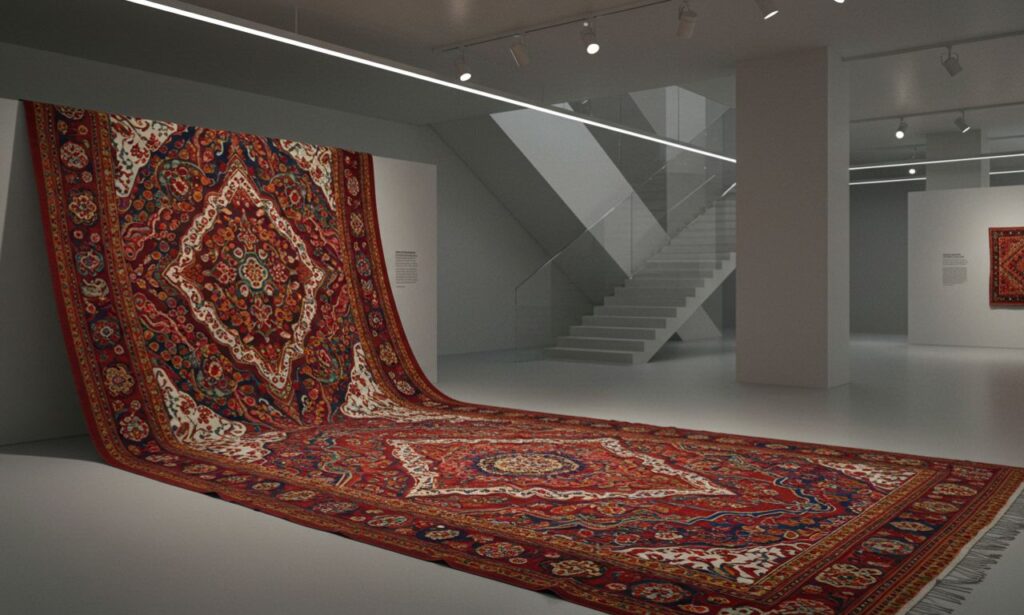Bardoek is more than just a piece of cloth—it’s a fabric steeped in history, culture, and craftsmanship. Known for its rich patterns, symbolic meanings, and ceremonial importance, bardoek continues to hold a special place in both traditional societies and modern fashion scenes. In 2025, this unique textile is being reimagined by designers, artists, and cultural leaders around the world who are blending its ancient heritage with contemporary aesthetics.
This article explores the origins, significance, and evolving applications of bardo in today’s global cultural and design landscape.
What Is Bardoek?
Bardoek (sometimes spelled with regional variations) is a hand-crafted textile traditionally known for its vibrant patterns, symbolic designs, and use in ceremonial clothing. It originates from Southeast Asia, where it plays a significant role in cultural practices, rites of passage, and artistic expression.
The History and Cultural Significance of Bardoek
Origins in Traditional Societies
Bardoek has roots in pre-colonial Southeast Asian cultures, particularly in Indonesia and surrounding regions. Historically, bardo was worn during important ceremonies such as weddings, coming-of-age rituals, and spiritual festivals.
Each region developed its own distinctive motifs and color schemes, often tied to local mythology, flora, fauna, or community symbols.
Spiritual and Social Identity
Bardoek fabric has long served as a symbol of identity, social status, and spiritual protection. Specific patterns were reserved for nobility, while others were used for healing rituals or mourning periods.
Even today, in rural areas, elders wear specific bardo designs that reflect age, marital status, or clan affiliation.
Colonial and Postcolonial Influence
During colonial times, bardoek making declined as industrial fabrics were introduced. However, the post-independence period saw a resurgence in interest, particularly as national pride grew and artisans re-embraced traditional methods.
The Making of Bardoek: A Craft Rooted in Patience
Materials Used
Bardoek is usually made from natural fibers like:
-
Cotton – breathable and easier to dye
-
Silk – used for high-end or ceremonial garments
Natural dyes derived from indigo, turmeric, bark, and minerals are common, contributing to the fabric’s earthy and vibrant tones.
Techniques Involved
The bardoek process varies by region but often includes:
-
Pattern Planning – Designs are drawn or stamped using wax or resist techniques.
-
Dyeing – The fabric is dipped in natural dye baths, dried, then dyed again for layered effects.
-
Detailing – Artists hand-apply motifs or outlines, often repeating intricate shapes.
-
Finishing – The fabric is boiled to remove wax or treated to enhance durability.
Each piece can take days or even weeks to complete, depending on the complexity of the design.
Bardoek in Modern Times: Fashion, Art, and Design
In 2025, bardoek has found new life across a variety of industries, blending cultural roots with innovation.
1. Fashion Industry
Modern fashion designers are incorporating bardoek patterns into runway collections, streetwear, and eco-fashion.
Why it’s trending:
-
Emphasis on slow fashion and sustainable textiles
-
Cultural appreciation and storytelling through fabric
-
Unique, handmade appeal over mass-produced items
Bardo garments now appear in capsule collections, haute couture, and everyday fashion with modern cuts that honor the traditional patterns.
2. Interior Design
Bardoek is making its way into homes as upholstery, wall art, throw pillows, and curtains.
Why designers love it:
-
Adds texture and cultural depth
-
Works with both minimalist and maximalist interiors
-
Connects spaces to global craftsmanship
3. Art Installations
Contemporary artists use bardoek as a medium to explore themes of identity, migration, colonial history, and cultural resilience.
Regional Variations in Bardoek
Every region has its own interpretation of bardoek, showcasing unique color palettes, motifs, and methods.
Javanese Bardoek
-
Features symmetrical patterns
-
Earthy tones like browns and indigos
-
Often depicts flora, mythical birds, or religious symbols
Balinese Bardoek
-
Brighter colors with spiritual elements
-
Used in temple offerings and ceremonies
-
Often more abstract and flowing designs
Malaysian and Thai Interpretations
-
Combine geometric shapes with floral motifs
-
Use more silk and metallic threads
-
Often worn during state functions and weddings
Sustainability and Ethical Production
As fashion consumers become more eco-conscious, bardoek stands out for its natural materials, manual production, and low environmental impact.
Supporting Artisan Communities
Buying authentic bardo directly supports artisans and preserves endangered cultural knowledge. Nonprofit organizations and fair-trade groups have partnered with communities to offer:
-
Transparent supply chains
-
Fair wages
-
Cultural preservation through workshops and documentation
Synthetic vs. Authentic Bardoek
Mass-market versions of bardoek exist, often printed by machines with synthetic dyes. These may look similar but lack the depth, craftsmanship, and symbolic meaning of authentic, handmade bardo.
How to Identify Genuine Bardoek
To avoid imitation pieces, look for:
-
Uneven edges or minor imperfections – a sign of hand-dyeing
-
Rich, layered coloring – achieved only through natural dye processes
-
Artisan tags or certifications – from cooperatives or cultural organizations
-
No repeated pattern loops – machine-printed bardo often shows repetitive precision
Styling Tips: Wearing Bardoek Today
Modern ways to wear bardoek without appropriating or distorting its meaning include:
-
Pairing it with neutral tones – to let the patterns shine
-
Using it as an accent piece – like scarves, bags, or shoes
-
Combining old and new – wear a bardo shirt with denim or a modern jacket
When wearing bardoek from a cultural tradition not your own, context matters. Learn about the pattern, origin, and any cultural meaning to show respect and appreciation.
Educational and Cultural Initiatives
In 2025, many institutions are promoting bardoek education to preserve its heritage:
-
Museum exhibits showcasing rare bardo textiles
-
Online courses teaching dyeing techniques and cultural history
-
Art residencies for artisans to share skills with the next generation
These initiatives help connect younger audiences with their heritage and broaden global appreciation.
Conclusion
Bardoek is more than just a fabric—it’s a living expression of identity, heritage, and artistry. In 2025, its journey from traditional rituals to high fashion and global design symbolizes a powerful blend of old and new.
As people search for meaning and authenticity in what they wear and create, bardo provides not just visual beauty, but a tactile connection to history, sustainability, and cultural pride. Whether as a ceremonial wrap or a bold design statement, bardo continues to wrap its legacy around the world.






